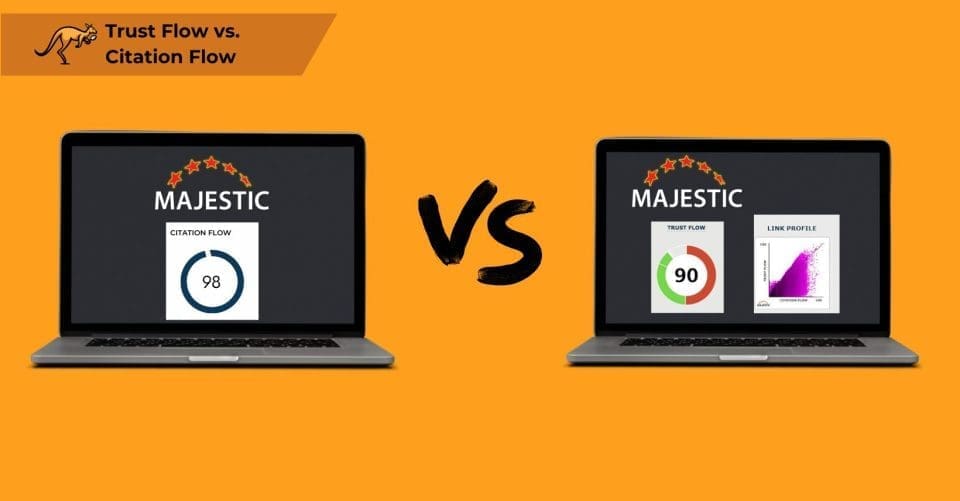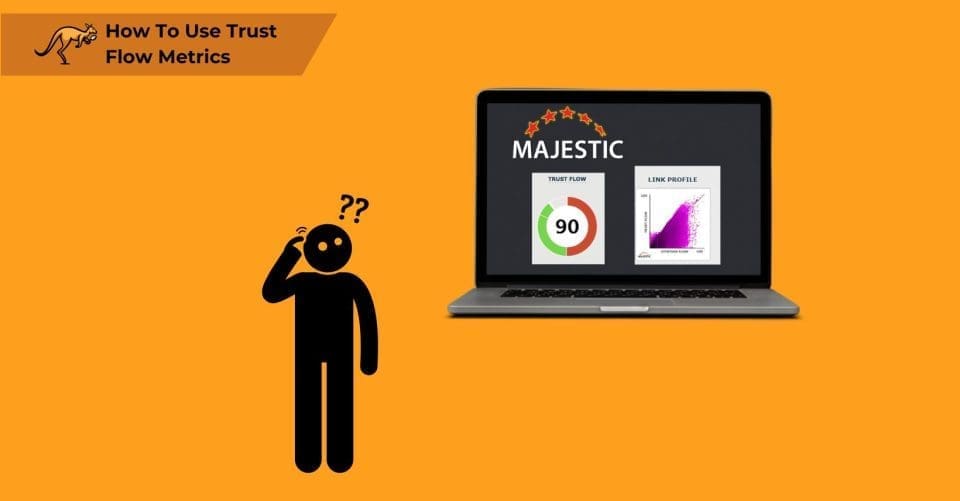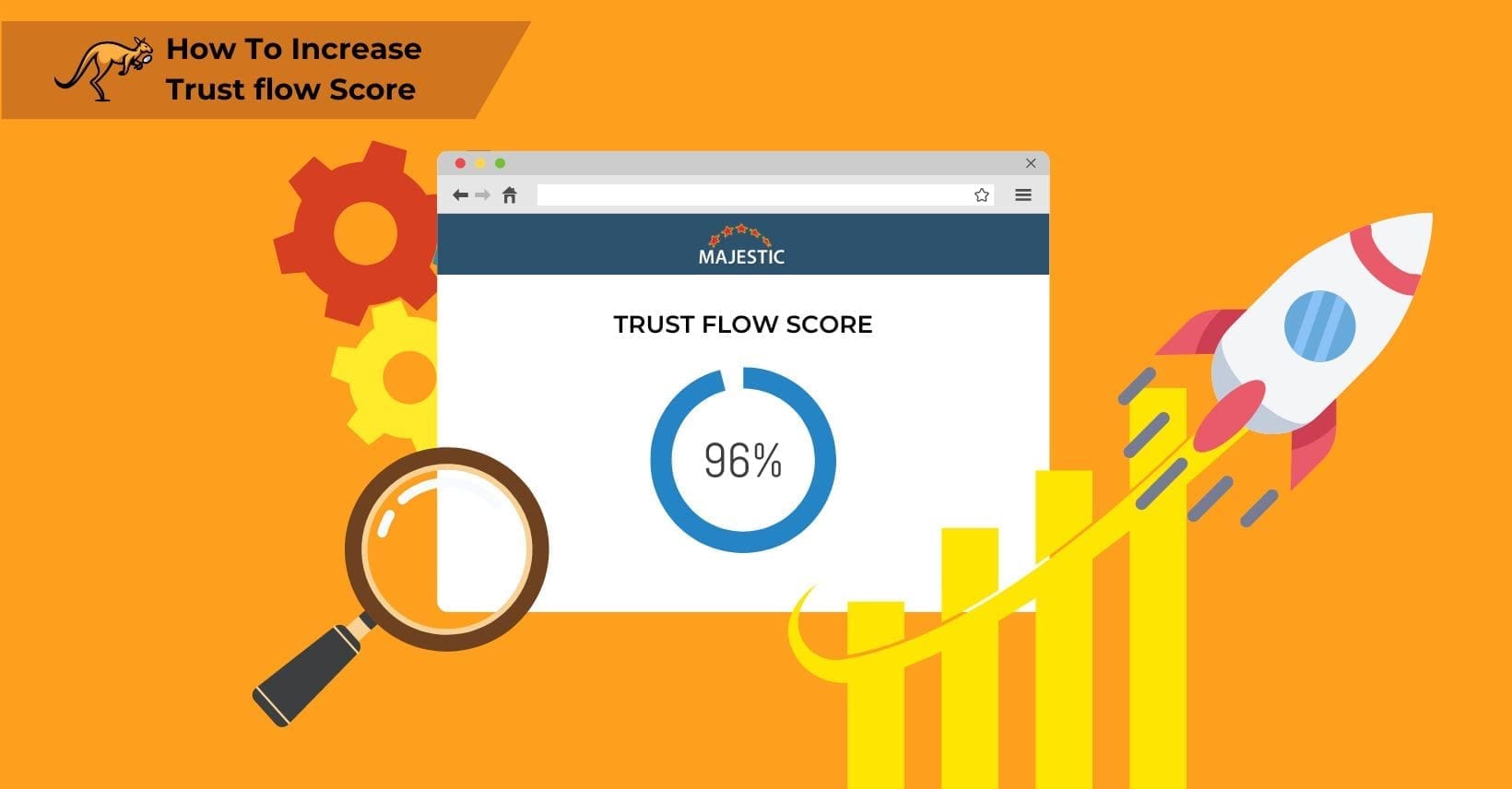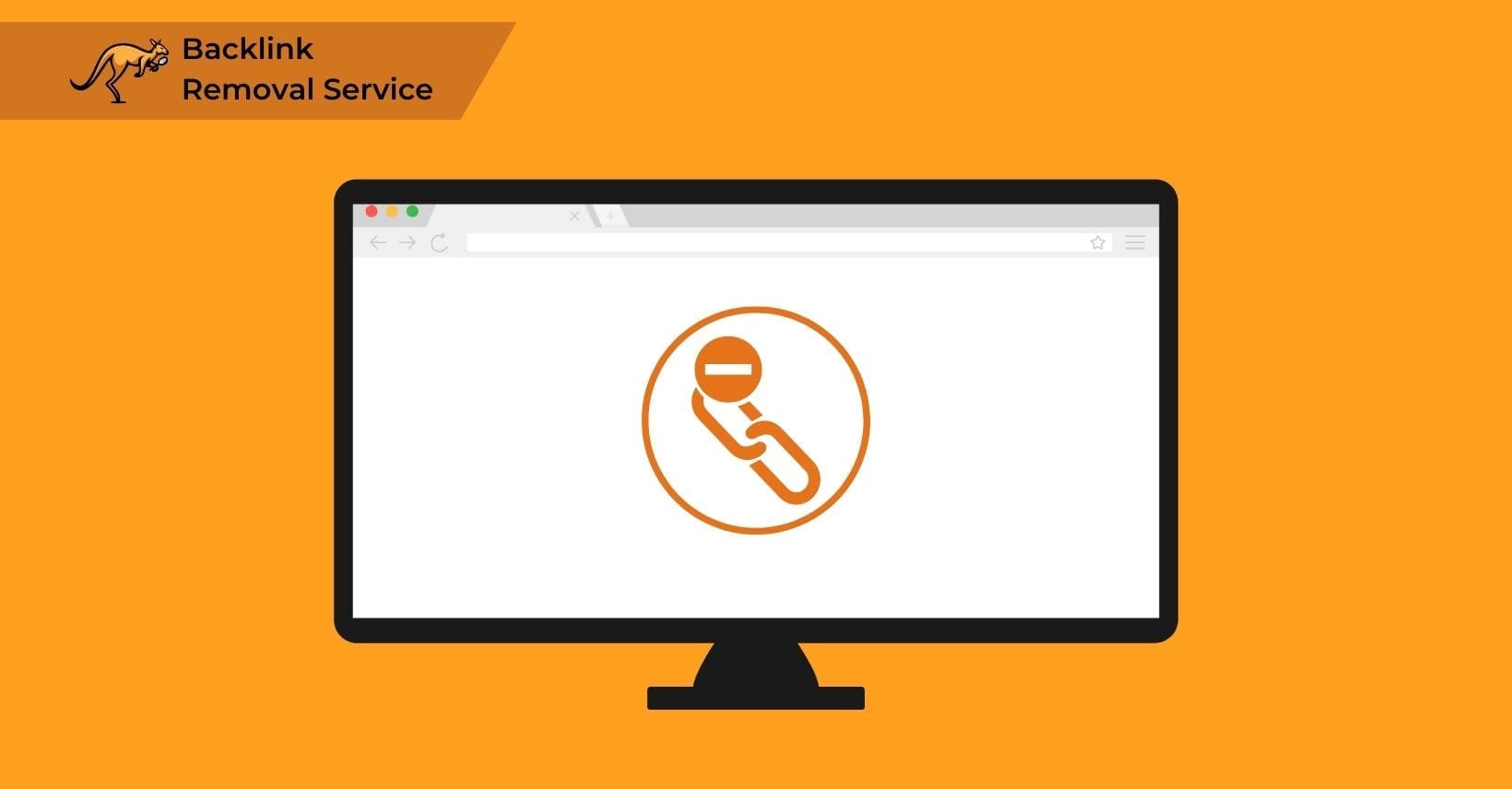Many marketers prioritize domain rating, often referred to as domain authority, when assessing the quality of backlinks.
However, Trust Flow, another vital metric, is equally important in evaluating the trust and reliability of links directing traffic to your website.
Trust Flow is crucial for maintaining the health of your site as it measures the authority and relevancy of the associated links. Achieving a high Trust Flow score can elevate your site’s ranking on search engines and refine your approach to SEO.
We’ll explore more on how Trust Flow functions and its impact on your site’s performance.
What Is Trust Flow?
Trust Flow is a proprietary SEO metric developed by Majestic SEO that measures a website’s credibility and authority by analyzing the quality of its backlinks, which helps search engines determine how trustworthy a site is.
Rated on a scale from 0 to 100, Trust Flow uses a set of highly credible “seed sites” as benchmarks. Your site’s proximity to these seed sites, through backlinks, directly influences your score; a proximity closer to these sites yields a higher Trust Flow score.
A Trust Flow score around 50 is considered excellent in the SEO industry, while a Trust Flow score between 0 and 10 signals a need for strategic overhaul in your SEO approach, with most established websites falling somewhere in between these ranges.
A robust Trust Flow score signifies a strong SEO foundation but also aids in recovering from link-related penalties.
To enhance your Trust Flow, it’s essential to sever ties with low-quality, spammy backlinks, adopt relevant anchor texts, and ensure proper keyword placement.
By doing so, and by linking internally to other credible pages on your site, you can boost both the Trust Flow score and the site’s overall effectiveness.
As you optimize your Trust Flow, it’s important to remember that other metrics, like Citation Flow, also play a pivotal role in enhancing your site’s authority and are valuable in comparing your performance against competitors.
Trust Flow vs. Citation Flow

Citation Flow quantifies a link’s popularity by tallying its hits, and it has gained traction recently. While it measures how often a link is hit, it does not assess the quality of those links.
Therefore, a site might score high on Citation Flow yet have a low Trust Flow due to poor link quality. Sites with numerous incoming links tend to show high Citation Flow scores; however, the real measure of link value lies in the balance between Citation Flow and Trust Flow.
A much higher Citation Flow compared to Trust Flow often indicates a prevalence of low-quality links. This discrepancy suggests a need for a strategy to improve backlinks quality to elevate Trust Flow and harmonize it with Citation Flow scores.
Understanding the dynamics between Trust Flow and Domain Rating will further clarify how these metrics influence a website’s credibility and search engine ranking.
Trust Flow vs. Domain Rating
Trust Flow measures the number of links a site receives from trusted sources. Unlike collecting many links from low-quality sites, which doesn’t improve Trust Flow much, links from high-quality sites are crucial for a strong score.
In contrast, Domain Rating, created by Moz as an alternative to Google’s PageRank, evaluates a site’s authority by the sheer volume of inbound links.
High-authority links are more beneficial than those from lesser-known sources. However, a site can still have a high Domain Rating with many low-quality links, which is not true for achieving a high Trust Flow. Link reclamation plays an essential role in strengthening backlink profiles and enhancing authority.
Understanding the differences between these metrics can better prepare you to explore how specific topics within trusted sites influence link quality.
Trust Flow vs. Topical Trust Flow
Topical Trust Flow differs from regular Trust Flow because Topical Trust Flow measures the authority of a website specifically within relevant industry categories or niches, which makes it a more precise indicator of a site’s subject-matter relevance than the broader Trust Flow metric.
Your site benefits most when it attracts links from domains that share your focus and publish related content. For example, if your site focuses on baking, receiving links from travel-related domains could confuse search engines and possibly lead to your site being de-indexed.
To avoid the potential pitfalls, it’s crucial to target guest posts and other link-building strategies within your niche.
Guest posts on relevant sites not only boost your Trust Flow but also enhance your visibility and credibility with search engines.
By prioritizing forming relationships and exchanging links with sites that address similar topics, you’re not just building links, you’re building relevant links that hold more weight with search engine algorithms than unrelated ones.
Strengthening these connections can profoundly impact how search engines evaluate and trust your site.
It’s essential to understand how it influences search engine perceptions and site rankings as we study the weight and mechanism of Trust Flow.
What Does Trust Flow Influence, and How Does It Do That?
Trust Flow is a protective barrier for your site, safeguarding its ranking from frequent algorithm changes by building trust with search engines.
This metric enhances SEO by linking your site with reputable sources and improving keyword positioning. Trust Flow helps your site climb to the top of Google search results by prioritizing trusted, authoritative connections.
This advantage allows some sites to skip extensive link-building efforts.
Grasping how Trust Flow preserves your site’s ranking paves the way for us to examine practical ways to use these metrics to strengthen your web presence further.
How To Use Trust Flow Metrics

In the world of SEO, Trust Flow is a key metric that evaluates the quality of links pointing to a page, scoring them from one to one hundred.
A higher score indicates a better-quality link. This metric also considers the total number of clicks a page receives to determine its quality, making it a sturdy gauge against black hat SEO tactics due to its accuracy and reliability.
Trust Flow shines in its ability to identify quality link prospects, analyze competitors, and assess new linking opportunities.
For example, checking the Trust Flow score gives a clear picture of its value if you’ve identified a potential link through competitive analysis. It’s also useful for spotting harmful backlinks, aiding in the recovery from penalties.
Websites with Trust Flow scores below 10, particularly those with low Topical Trust Flow ratings, typically do not support your SEO efforts and may even harm them.
If you’re looking to bolster your site’s SEO through credible links, exploring free tools that help monitor your Trust Flow score can be a savvy next step.
These tools can provide insights into how well your link-building strategies perform, offering a direct pathway to enhancing your website’s trustworthiness.
Free Tools For Your Trust Flow Score
Website owners can check their Trust Flow score using the Majestic Trust Flow Extender program, which allows users to analyze links directly through a downloadable browser extension for Firefox and Google Chrome, free of charge.
With this tool, you can generate reports that enhance the SEO of your web pages. Monitoring your trust flow through this method is straightforward.
Yet, other tools are available that track this crucial metric as well. For example, Ahrefs assesses link quality through Domain Rank and URL Rank, scoring on a logarithmic scale from 0 to 100.
Achieving a higher score in these ranks contributes to strengthening your website’s backlink profile. These indicators, among other SEO metrics, are vital for monitoring the factors influencing your search engine performance.
Considering the importance of such tools, it’s worth looking at how calculations like Trust Flow are determined.
How is Trust Flow Calculated?

Majestic calculates Trust Flow scores on a scale from 1 to 100 using a proprietary algorithm that evaluates how closely a website is connected to trusted seed sites through backlinks, though the exact formula remains undisclosed to prevent manipulation.
Trust Flow starts with a selection of trusted sites curated by real people—developers, authors, and editors—unlike Citation Flow, which uses a base number generated by algorithms for each URL.
Majestic evaluates numerous trusted “originating sites,” manually reviewing reputable websites with strong root domains like Google.
The data from these sites is then scaled logarithmically to establish their rankings, making it challenging to manipulate Trust Flow through disreputable methods.
Websites and URLs resembling these trusted origin sites achieve higher trust page scores. Similar to professional endorsements, the more positive references from industry specialists, the more trust is garnered.
While the exact formula remains a mystery, understanding the components shared helps direct SEO strategies to boost Trust Flow.
Knowing the importance of such a metric in SEO brings us to consider other relevant questions, such as the significance of Trust Flow in your overall SEO strategy.
Is Trust Flow Important For SEO?
A high trust flow score is essential for reaching the top of search engine results and securing a good ranking.
This score reflects your website’s credibility and the quality of its backlinks. Regularly monitoring your backlinks is crucial for maintaining this high score. Not all backlinks are beneficial; some toxic links can damage your site’s reputation.
Removing these harmful links will enhance your trust flow score. Other SEO metrics, like Majestic’s Trust Flow, evaluate reliable sources that direct traffic to your site.
They also consider your internal links to pinpoint effective marketing strategies. A high trust score signals quality backlinks and marks your website as reputable and authoritative to search engines.
Understanding and improving these metrics can lead to smarter decisions about your SEO strategy. Regarding smart decisions, partnering with Searcharoo for your SEO needs can help you leverage these insights effectively.
Why Choose Searcharoo as Your SEO Partner?
When you choose Searcharoo as your SEO partner to boost Trust Flow, you opt for a team with a solid history of success.
We customize our SEO strategies to meet your business goals, focusing on removing harmful links and building a robust backlink profile with quality links.
We continuously monitor your Trust Flow score using advanced tools and make quick adjustments as necessary. Our process is fully transparent, and we provide regular, detailed updates so you’re always informed about your SEO progress.
At Searcharoo, our commitment is to deliver lasting results that improve your site’s credibility and authority, helping you maintain high rankings in search engines.
Summarizing the Role of Trust Flow in SEO Success
Trust Flowing is not an easy score to manipulate, but a high Trust score is an important sign that you are doing something right and that your link building strategy has connected you well to one of the important seed sites.
Seed sites are referring domains with a high level of trust, which flows down to your web pages from the seed site through links.
This will, eventually, drive organic search traffic to your site.
It is important to remember that trust scores are not SEO tools in their own right: they are just a metric of how well connected your site is to a seed site and, by extension, a rough way to measure your performance.





